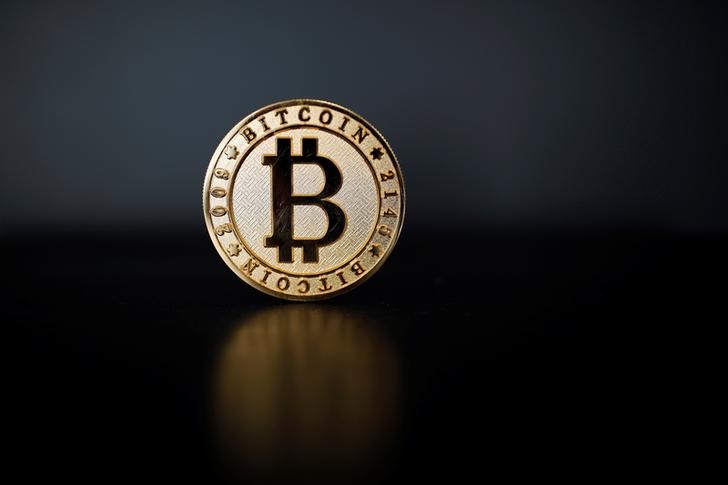The following post was written and/or published as a collaboration between Benzinga’s in-house sponsored content team and a financial partner of Benzinga.
As cryptocurrency comes of age, thousands of investors continue to join the fray. Just three years ago, the total market capitalization of all cryptocurrencies was around $230 billion. Today, that number is more than $1.9 trillion.
The excitement surrounding the market is palpable and has crossed into popular culture as celebrities and executives alike dive in headfirst. Tesla Inc. (NASDAQ: TSLA) CEO Elon Musk has adopted the unofficial title of Dogefather, moving Dogecoin’s (CRYPTO: DOGE) price with a tweet. Jack Dorsey, CEO of Block Inc. (NYSE: SQ) and founder of Twitter Inc . (NASDAQ: NYSE:TWTR), sold the first-ever tweet as a non-fungible token (NFT) for $2.9 million.
Most of this excitement comes from the possibility of reaping large returns on an investment. Everyone hopes to find the next Bitcoin (CRYPTO: BTC) or Ethereum (ETH). People stand to make a lot of money in the market. But the truth is, they stand to lose a lot, too.
Crypto is a volatile market, and as the boom and bust cycles developed over the years, a few patterns emerged. BTC, for instance, often appreciates significantly after its mining is halved. As the market adjusts to the increased scarcity, a bull run appears.
Traditionally, this zero-sum game means that for every person profiting off of a bull run, there is someone losing out. Is there a way to avoid this? Is zero-sum the only option?
Seasonal Tokens is a new crypto project that seeks to create an ecosystem in which everyone profits. The tokens – Summer (SUMMER), Autumn (AUTUMN), Winter (WINTER) and Spring (SPRING) – are designed to behave like seasonal commodities. Their values rise in a predictable manner, one after another.
The project believes this will allow investors to continuously increase the total amount of tokens they hold, always buying low and selling high.
This behavior is controlled by the mining difficulty for each token. Following a set pattern, each token will become more difficult to mine and in so doing, the project can influence the balance of supply and demand.
The project will also reward liquidity providers in such a way that they can still make a profit off of coins that are “out of season.” This is the other side of the equation and what the project believes will make it mutually beneficial for all involved, a non zero-sum game.
If you are interested in learning more, check out https://seasonaltokens.org/.
The following post was written and/or published as a collaboration between Benzinga’s in-house sponsored content team and a financial partner of Benzinga.
Photo by Jason Briscoe on Unsplash
© 2022 Benzinga.com. Benzinga does not provide investment advice. All rights reserved.
